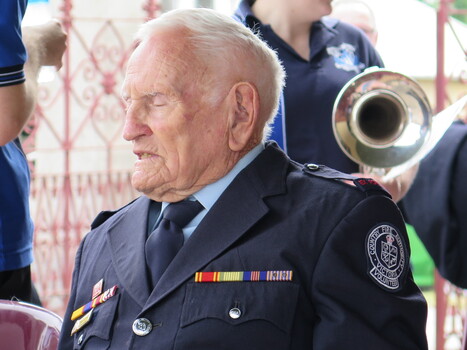Historical information
Born in 1844 Prince Alfred was the fourth child and second son of Queen Victoria and Prince Albert.
He joined the Royal Navy at age 14 as a midshipman and by 1866 had attained the rank of captain and had command of HMS Galatea, a steam-powered sail-equipped frigate. In the same year, Alfred was made Duke of Edinburgh.
In January 1867 the Galatea set sail from Plymouth on a round the world voyage visiting the Mediterranean before making a state visit to the emperor of Brazil. Two months were spent in the Cape Colony in South Africa before crossing the Indian Ocean to Australia.
The Prince continued his tour to country Victoria and in Bendigo tragedy struck on 18th Dec 1867. A model of the royal ship Galatea, crewed by young boys, was the centerpiece of a reception and a procession. The procession circled round, and entering the Camp Reserve piled the torches into one general bonfire. At this time the demonstration of the evening was marred by a sad accident. The Bendigo Volunteer Fire Brigade put on a demonstration with lighted torches which were carelessly extinguished, embers floated onto the model ship which quickly caught fire. Witnesses also reported that firecrackers were being thrown. the accident was caused either owing, to the fireworks or careless use of the torches. Three boys in the model ship were burned to death and several others injured.
The Volunteer Fire Brigades' rigged ship Galatea, which had formed a conspicuous object in the proceedings of the morning was driven along the crowded thoroughfare manned with young citizens dressed in sailor costumes, and took fire from the fireworks. Some of the sails immediately caught fire, and before an escape could be made, four of the occupants were most severely burnt. With. the assistance of the bystanders, the flames were quenched, but so severe were the injuries sustained by the lads, that they had to be conveyed to the hospital.
Of the four, one, James Brown, son of Mr.James Brown, formerly, of the Water Supply department in Sandhurst and now of Tasmania, recovered from his injuries, but the other three died shortly after the accident. They were Wm. Langston McGrath, Sylvester Francis Cahill and Thomas Walters, each about eight years of age. They were buried at the Back Creek Cemetery, and a movement, initiated b ythe citizens, resulted in their graves being marked by public memorials. In connection with this sad event it should be mentioned that when the explosion of fireworks on board the model ship took place, Mr. Meagher, the captain of the brigade, although struck on the head by a rocket, dragged several of the boys from the flames. He and Mr. Hickey, one of the members of the brigade, were severely burned in their efforts to save the boys, in which they were assisted by Mr. Irving.
Physical description
Bendigo Historical Society excursion to the Bendigo Cemetery and visit to the graves and memorial of the three boys burned to death in a model of the ship Galatea during the visit of the Duke of Edinburgh in 1867. The DVD contains a slide show of the excursion. The photos taken by Libby Luke are published here.












































































